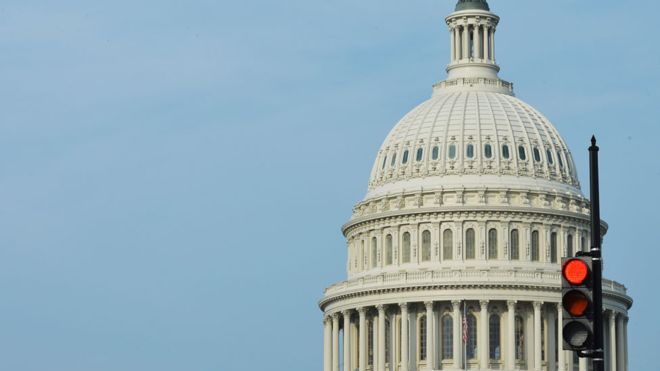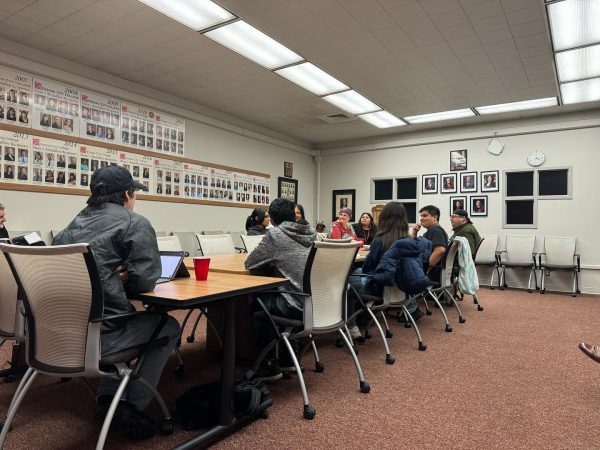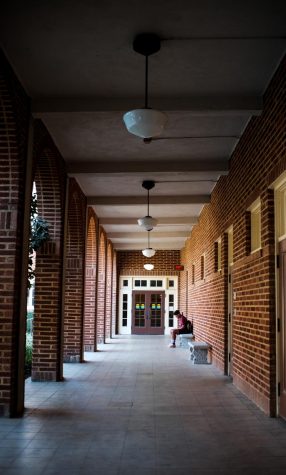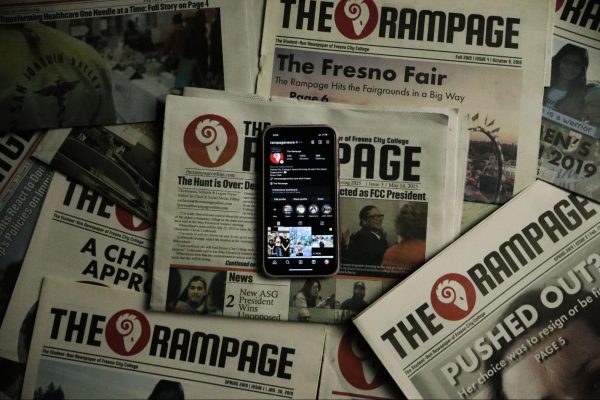Democrats Should Look Back at 2013 to Avoid Another Shutdown in 2018
Another day, probably another government shutdown looming for the second time in 2018. Yes, the U.S. government could possibly be back to square one since a Feb. 8 deadline to pass another short-term funding bill is near.
In no circumstance should legislators allow a government shutdown. On Jan. 20, the blame for the shutdown was on Senate democrats, but any party with that kind of power should remember that party legislative agenda comes second to country because of the cost of not funding our government.
Senate democrats should come together with their republican counterparts to pass a long-term spending bill, not these weeks long, sometimes days long continuing resolutions bringing both parties to butt heads every time a deadline approaches.
On Jan. 19, senators had the simple task of passing a short-term funding bill that would have kept the federal government running; the House had already passed it with a comfortable majority of 230 – 197. Minority Leader Sen. Chuck Schumer led senate democrats to filibuster the legislation and keep it in debate.
A filibuster is a tactic used in the Senate to keep a bill from a vote by keeping a debate going on to discuss the legislation. By Senate rules a simple majority of 51 votes is needed to pass a bill, however, a 60 vote threshold is required to end a filibuster.
As it stands right now, republicans in the Senate have a 51 majority seat count over a democrat 49, therefore, 9 democrats would have been needed to end the filibuster on Jan. 19. As such Senate democrats do have some power without a majority and that is what they exercised on Jan. 19.
Democrats wanted the Dream Act in the short-term funding bill and would maintain a filibuster until its inclusion by Majority Leader Sen. Mitch McConnell. There was no agreement to include immigration reform in the bill.
A three-day shutdown resulted, causing loss of money, even though figures for the 2018 shutdowns cost are not yet determined. If we go by previous incidents, it is obvious shutdowns are costly.
During the second term of Barack Obama’s presidency, a 16-day shutdown, initiated by the Freedom Caucus, a conservative group of Congress, led to losses in both revenue and government waste. $2.5 billion alone was retroactively paid to frouglouged federal workers when including work benefits, according to Politico. Pay was given to federal employees who did not perform work for those 16 days, meaning we gave tax dollars for nothing in return. Even worse, $24 billion in lost economic output occured, according to the Standard and Poor’s rating agency.
While, the 2018 government shutdown is not a close comparison, history can repeat itself if senate democrats try again to include immigration reform into a short-term funding bill.
A deadline to fund the federal government is set at Feb. 8. Time will tell if the Senate can come together to fund the government again or a worse shutdown could be on the horizon.












